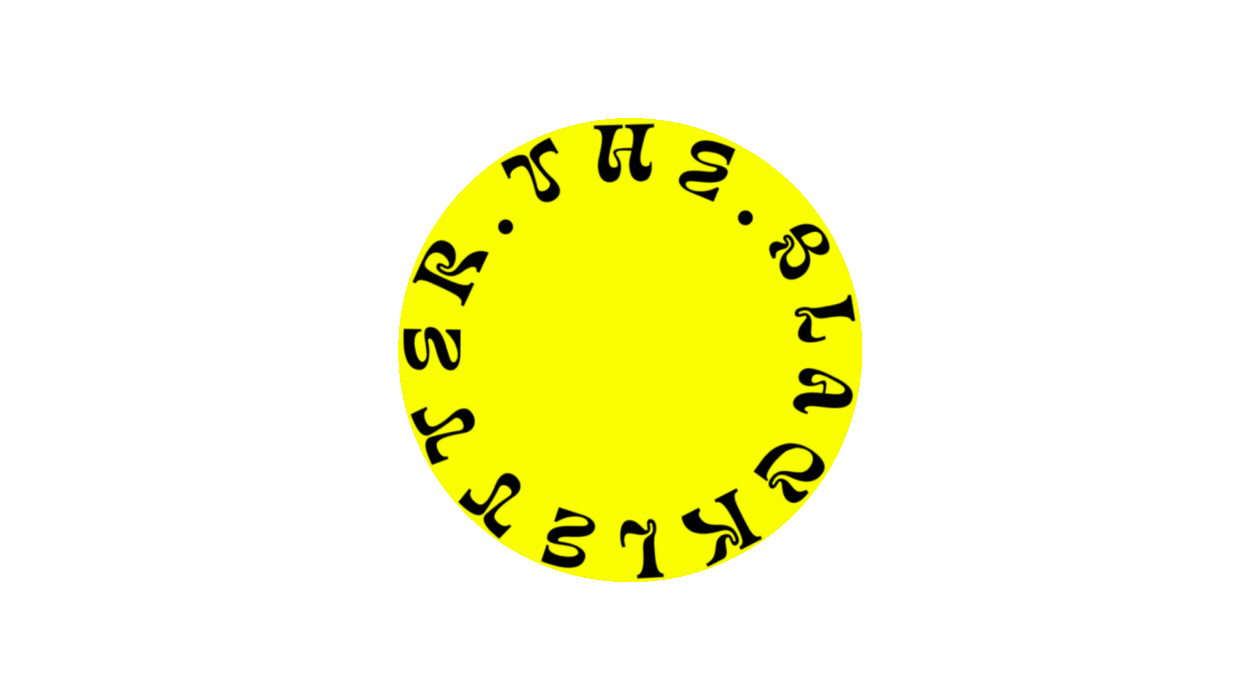Survival of the Thickest Season 2 Review: A Disappointing Return
Final Thoughts: A Show That Lost Its Grounding
I’ve just started watching Season 2 of Survival of the Thickest, and I have to say, I’m disappointed. I was actually impressed by Season 1—there was something refreshing about it, and I was genuinely excited to see where the show would go.
Unfortunately, Season 2 falls short in almost every area.
Let’s start with the obvious: the budget. The lack of production value is noticeable—not just in terms of extras or set design, but also in the styling, the dialogue, and even the pacing. Everything feels thinner, flatter, and more rushed than before.
As someone watching from abroad, I admit I may not be fully familiar with Michelle Buteau’s background. I know she co-created the show and that it’s loosely based on her memoir. But watching her play Mavis, a “recently turned single Black woman,” something felt off. I’m aware Buteau is biracial, but her portrayal this season doesn’t feel grounded or natural. Every line delivery feels exaggerated, as if she’s performing a version of Black womanhood rather than living it. At times, it borders on cosplay—and I say that not to be harsh, but because it genuinely jarred me out of the story. The voice, the slang, the “attitude”—none of it felt authentic anymore.Maybe this has to do with the writing. Maybe it’s the pressure to be "relatable" or to play into a certain image of what a body-positive, confident Black woman should look and sound like.
Whatever the reason, it comes across as over-rehearsed and undercooked.
Anyway, the only character I really appreciated this season is Khalil, played by Tone Bell. In one episode, he begins to gain attention as a painter and suddenly finds himself grappling with the morality of selling Black art to a white audience. I found this part of the show genuinely thought-provoking, especially because it echoes the themes in my 2023 article Who Can Buy Black Art? (read it here). In that piece, I wrote about the complexity and discomfort of presenting Black art in spaces where it’s treated as a trend, not a testimony.
To the buyers in the show, Khalil’s work is a stylish token—something to hang on the wall, something to brag about by name-dropping “a Black artist.” It’s performative. It makes them feel urban, cultured, in touch. But for Khalil, that art holds meaning—it’s personal, tied to his community and lived experience. And he doesn’t want to see it reduced to virtue signaling.
Did you notice how the buyers spoke of him? It was as though he—and his heritage—were merely elements of the display. Objects to ogle at. These individuals don’t reside in his community. They fail to grasp his reality.
Their detachment from the genuine context of the artwork renders their interest superficial at best, and exploitative at worst.
Some might say this interpretation is reading too much into a single subplot—but I’d argue that’s the whole point. Season 2 toys with the uncomfortable reality of marginalized communities being made “popular” and “trendy,” while their real struggles are ignored.
It’s not just with Khalil. Look at Mavis being invited to Fashion Week as part of the body positivity movement. She's there because she’s trending, not because the industry is making real space for plus-size women. The clothes don’t even fit her. Inclusion here is surface-level, not structural.
Survival of the Thickest is a Netflix comedy-drama co-created by Michelle Buteau and Danielle Sanchez Witzel.
It follows Mavis Beaumont, a stylist rebuilding her life after a breakup, armed with lip gloss, body confidence, and an eye for v-necks. The first season premiered in July 2023; the second dropped on March 27, 2025.




